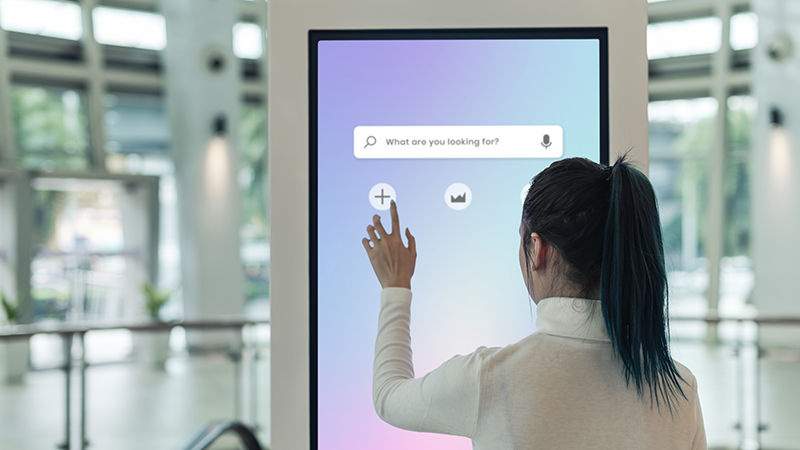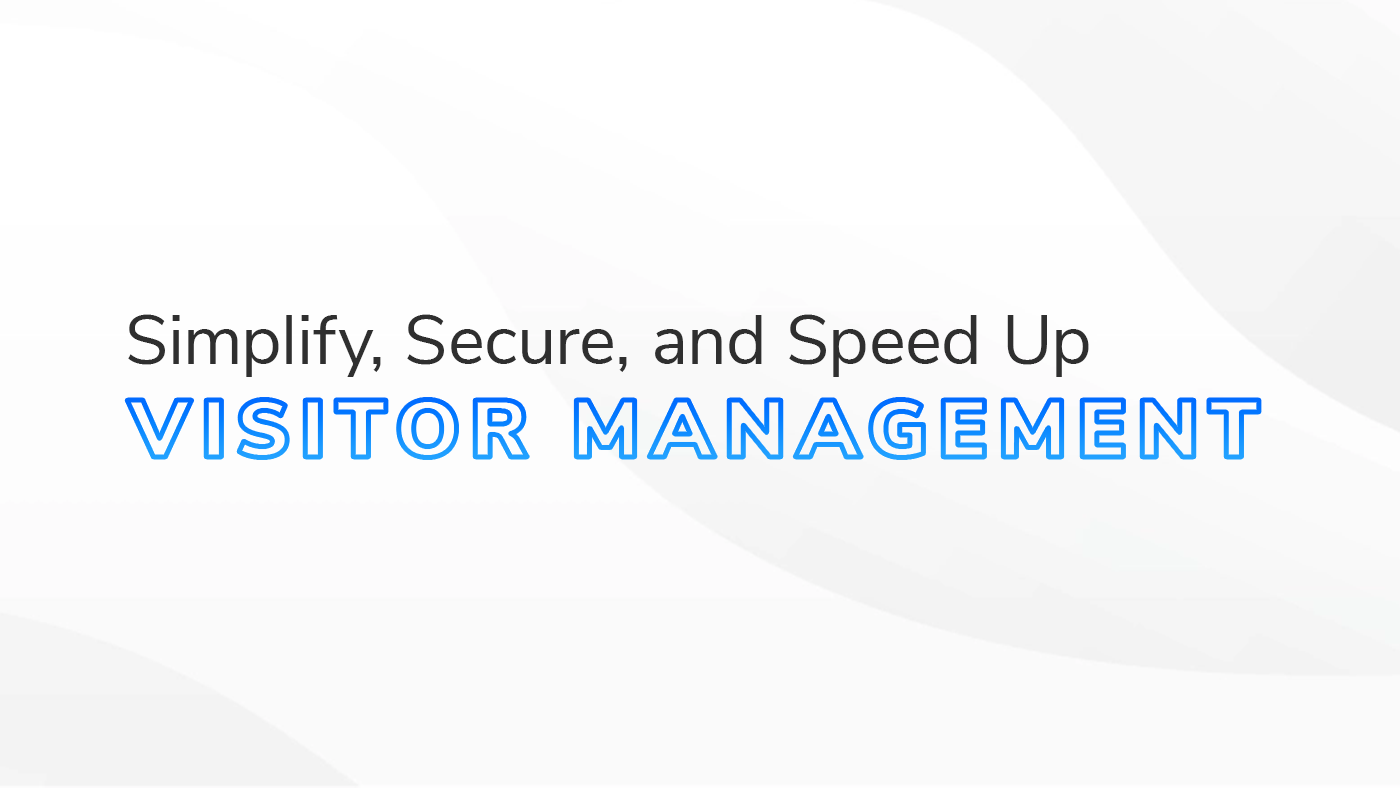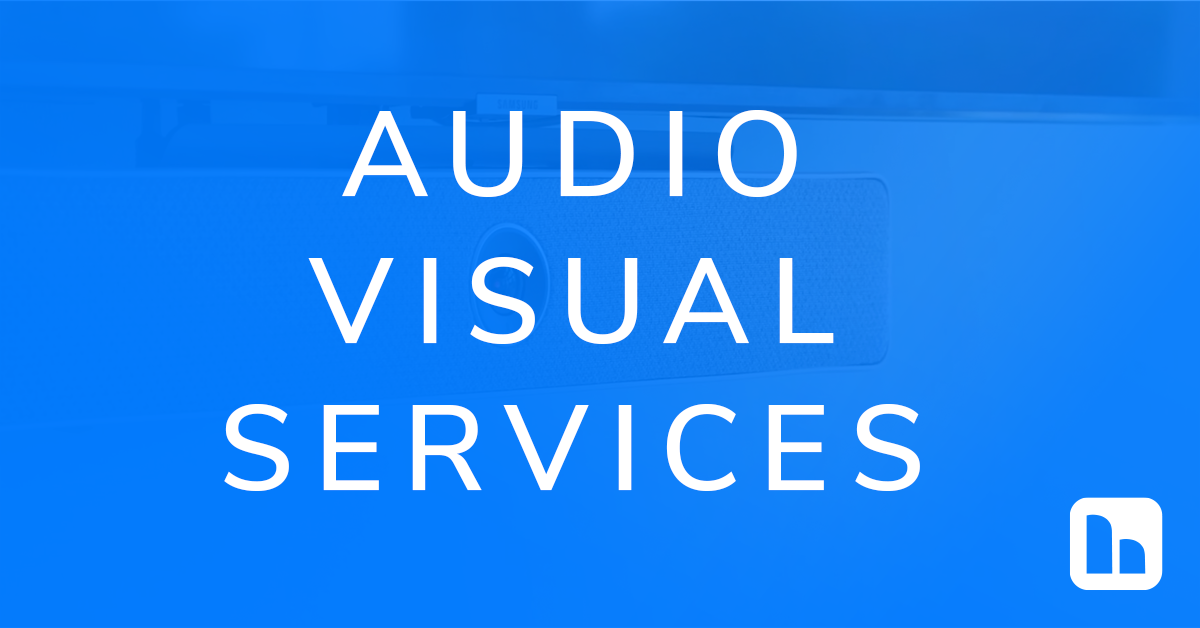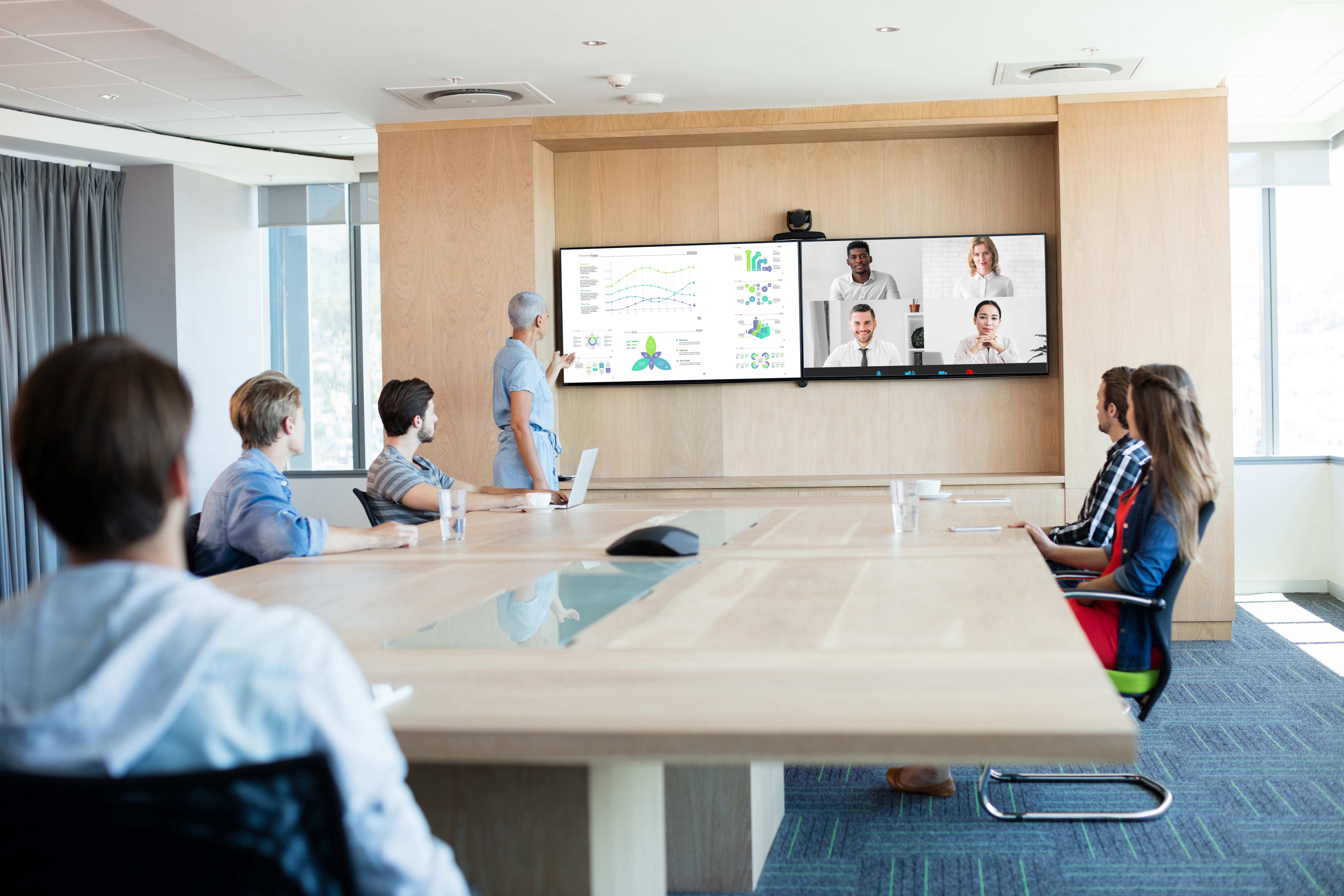Digital Signage Best Practices
- Written by: Ryan Mosher

The human brain is pretty awesome—able to perform the equivalent of an exaflop (a billion-billion) mathematical operations per second.
However, there are some things the human brain does more efficiently than other things: like processing visuals. Our brains process visuals 60,000x faster than text, and with over 90% of the information transmitted to our wonderful thinking caps being visual, the movement to and emphasis on digital signage continues to grow.
Digital signage can be a powerful tool, but only when implemented strategically with the use of best practices. Simply mounting a screen and displaying information isn’t enough.
We’ll explore some best practices at every stage of your digital signage journey, outlining key ideas and strategies across the planning, content creation and delivery, and evaluation and revision stages.

How to Use Digital Signage: Start with a Plan
At HBS, we have seen many clients use digital signage to transform their workspaces, enhance their customer experience, boost sales, and increase organizational communication. But before you can do any of that, you need to assemble a team, define your goals, know your audience, and consider your environment.
- Assemble a Diverse Team: Digital signage projects benefit from the involvement of a multi-disciplinary team. This should at least include IT (technical infrastructure), marketing and communications (content creation), and security (emergency communications considerations).
- Define Your Objectives: Outline clearly what you want to achieve with your digital signage. Increase brand awareness? Improve employee engagement? Boost sales? Provide timely and efficient wayfinding solutions? A combination of several of these?
The reasons to employ digital signage are many, and once you know your goals, it’s easier to achieve them. - Know Your Audience: Tailoring your content to your audience is key. How effective is digital signage? 63% of people say digital signage captures their attention, and 59% of people who see digital signage want to learn more about the topic.
- Consider Infrastructure and Environment: The planning stage should take into account the physical locations of your digital signs, the types of displays suitable for each space, and environmental factors like lighting and exposure to the elements.
- Build in Flexibility: Technology and communication methods will change over time. Ensure your digital signage system is adaptable and can grow with your organization’s needs.

Content Creation and Delivery: Digital Signage Tips
Content is King. We’ve heard it a million times—there’s a reason we’ve heard it a million times. The content you display on your digital signage must be relevant, dynamic, and capture attention.
Equally as important is HOW your audience is engaging with your content. Let’s explore some content and delivery digital signage tips:
- Dynamic Content: Digital displays capture 400% more views than static displays—so don’t just pop text up on a screen and call it a day. Static content quickly becomes stale, leading people to tune it out. Dynamic content, however, is constantly changing, keeping viewers engaged and interested. Dynamic content is more work, but it’s worth it. Considering how digital signage enhances the customer experience, dynamic content is one of the biggest reasons.
- Democratize Communications: Encourage contributions from across your organization to make your digital signage content more diverse and engaging. This will lead to increased participation and sharing, enhancing the community feel of digital signage.
- Less Is More: Avoid information overload. Keep your messages concise, use visually appealing designs, and prioritize high-quality visuals. Nothing is worse than a high-definition screen displaying low-pixel graphics.
- Prioritize Accessibility: Make sure your digital signage is inclusive and accessible to everyone. Using clear, concise language, avoiding jargon, and using appropriate fonts and colors are all important steps.
Evaluate, Revise, Repeat
Once you’ve implemented digital signage, it’s important to evaluate your solution, measure the success of your communication objectives, and revise, update and optimize. Follow the data.
- Measure Engagement and ROI: Use built-in analytics tools, as well as feedback measurements, to understand how your audience interacts with your digital signage.
- Pilot Programs: Before rolling out a full deployment of a content campaign, consider testing it in a limited capacity (only a few locations, certain times of the day or week, etc.).
- Continual Improvement: Digital signage is not a set-and-forget solution. Regularly reviewing and refreshing your content, monitoring system performance, and being open to incorporating new technologies and methods are all necessary for a successful digital signage campaign.
Digital Signage Best Practices: Next Steps
Digital signage, when implemented thoughtfully, has the power to transform your communication strategy. By embracing best practices and partnering with AV experts like HBS and Visix, you can engage your audience, strengthen your brand, and strengthen your communications.
Ready to take the next digital signage step? Contact us for a consultation and unlock the full potential of an extremely powerful communication tool.
Related Content

A New Visitor Management System: Which Features Matter Most
Explore some important factors when choosing a Visitor Management System. Enhance security, compliance, and efficiency while providing a great first impression.

Audio Visual
Envision a better audio visual solution from HBS. Tailored AV for seamless communication, enhanced collaboration, and increased productivity in any setting.

10 Conference Room Technology Trends to Watch
Discover the latest in conference room technology trends for 2024, from seamless connectivity to eco-friendly innovations. Transform your meetings now.






